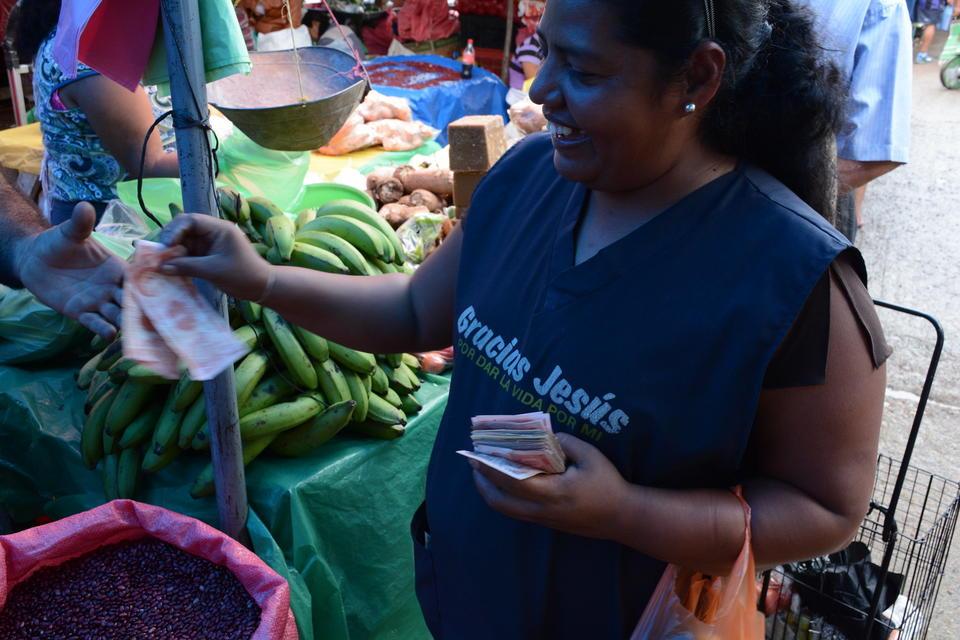Achieving Economic Balance with Regenerative Agriculture
- From
-
Published on
01.11.24
- Impact Area

In the face of climate change, soil degradation and food insecurity, regenerative agriculture has emerged as a transformative approach to farming. Unlike conventional methods that often focus on maximizing yields at any cost, regenerative agriculture seeks to improve soil health, enhance biodiversity and sequester carbon, all while creating sustainable financial opportunities for farmers.\
This article explores how regenerative agriculture contributes to achieving economic balance that benefits farmers, consumers, and the environment. First, we will examine the principles of regenerative agriculture, the economic challenges of conventional farming, the economic potential of regenerative agriculture, the role of consumer demand, the role of governments and policymaking, and challenges to be addressed for the sustainable upscaling of regenerative agriculture that works both for the economy and for the planet.
Related news
-

Australia partners with International Livestock Research Institute to upskill researchers from Africa and Asia
International Livestock Research Institute (ILRI)13.11.25-
Food security
-
Poverty reduction, livelihoods & jobs
Australia has joined forces with the International Livestock Research Institute (ILRI) to support th…
Read more -
-

A decade of academic and research partnership advances One Health in Vietnam
International Livestock Research Institute (ILRI)13.11.25-
Health
In northern Vietnam, Thai Nguyen province has become one of the most active hubs for…
Read more -
-

Accelerating wheat breeding, from Toluca in Mexico to the world
CGIAR Initiative on Breeding Resources12.11.25-
Climate adaptation & mitigation
-
Nutrition, health & food security
In Mexico, a project has been completed to develop new elite parental lines of wheat…
Read more -
